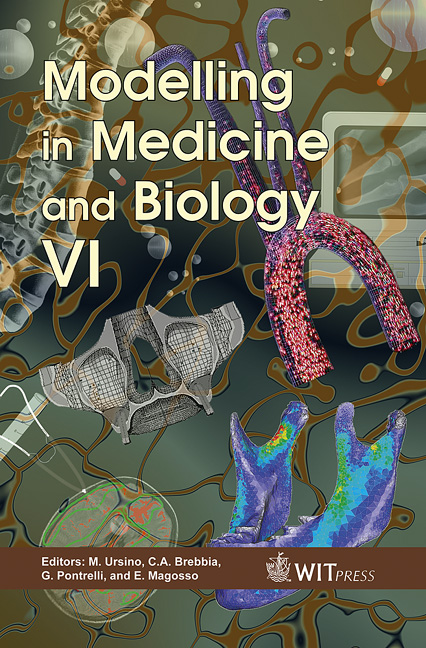The Effect Of Reaming Velocity On The Pressure Distribution In The Intramedullary Cavity
Price
Free (open access)
Transaction
Volume
8
Pages
9
Published
2005
Size
449 kb
Paper DOI
10.2495/BIO050261
Copyright
WIT Press
Author(s)
O. Gaber, K. Behdinan, J. de Beer, P. Zalzal, M. Papini & M. Z. Saghir
Abstract
The effect of reaming velocity on the pressure distribution within the bone is investigated numerically by solving the full three-dimensional Navier-Stokes equations together with the continuity equation using the finite element technique. Viscosity is also varied to obtain a pressure envelop. It was found that all the experimental data follow the same trends as the envelopes predicted by the finite element model. It was clear that an increase in either the implant insertion rate or the viscosity resulted in an increase in pressure in the intramedullary canal. Keywords: finite element, fat embolus syndrome, porous media, Darcy equation, intramedullary canal. 1 Introduction Fat Embolus Syndrome (FES) is related to the extrusion of the marrow into the venous system due to the increase of intramedullary pressure from reaming the intramedullary canal, or the insertion of an intramedullary device. It develops in 0.5-2 % of all patients with long bone fractures, and has been associated with high morbidity and mortality [1]. It is commonly accepted that there are three main factors contributing to the increased intramedullary pressure and embolisation of fat and marrow contents when performing orthopedic procedures
Keywords
finite element, fat embolus syndrome, porous media, Darcy equation, intramedullary canal.





